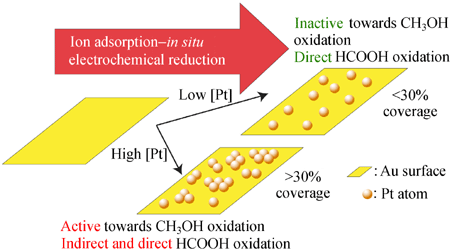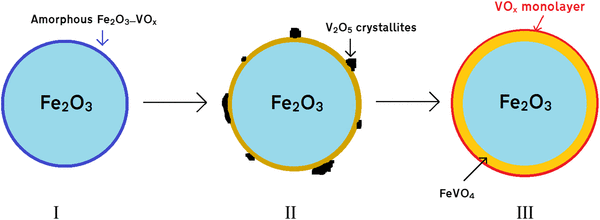
from publication: Coreshell structured catalysts for thermocatalytic, photocatalytic, and.
#Chemical review core shell structure download#
This paper mainly presents a new idea to prepare the electrode materials for protonic ceramic fuel cells. Download scientific diagram Schematic of types of core-shell structures based on morphology. The results of the electrochemical performance test of the symmetric cell and the single cell both verified the above mentioned.

In Figure 1b, it can clearly be seen that the shell structure is amorphous and much less dense than the core structure and some crystal planes are clearly visible in the core structure. The synergistic effects of the heterostructure region and proton conductivity of the shell layer SFN327 make the core–shell structure show superior electrochemical performance compared with the parent SFN113 as the electrode. A higher magnification image of the shell and core structure is shown in Figure 1b. Then, an electronic conducting relaxation method was implored to characterize the proton uptake ability of the shell layer SFN327.

Metalenhanced fluorescence of nanocoreshell structure used for sensitive detection of prion protein. The structural change of the latex was tested as an option to control the pore structure of the coating layer while acquiring the strong mechanical strength of the coating. In this paper, the heterostructure triple-conducting cathode with the pseudo-cubic phase SrFe 0.9Nb 0.1O 3−δ as the core and the tetragonal phase Sr 3Fe 1.8Nb 0.2O 7−δ as the shell was in situ synthesized by surface cladding mixed ionic and electronic conductor SrFe 0.9Nb 0.1O 3−δ powders with Sr(NO 3) 2. Chemical Society Reviews, 43 (11), 38353853. In this paper, the effect of the core-shell structure of latex on the properties of the coated paper and coating layers was studied. In particular, polymeric unimolecular NPs formed by a single multi-arm polymer molecule containing only covalent bonds and exhibiting a coreshell structure are. Triple-conducting cathodes (H +/O 2–/e –) have attracted more and more interest because they have great responsibility for lowering operating temperature and driving the commercial application of protonic ceramic fuel cells.


 0 kommentar(er)
0 kommentar(er)
